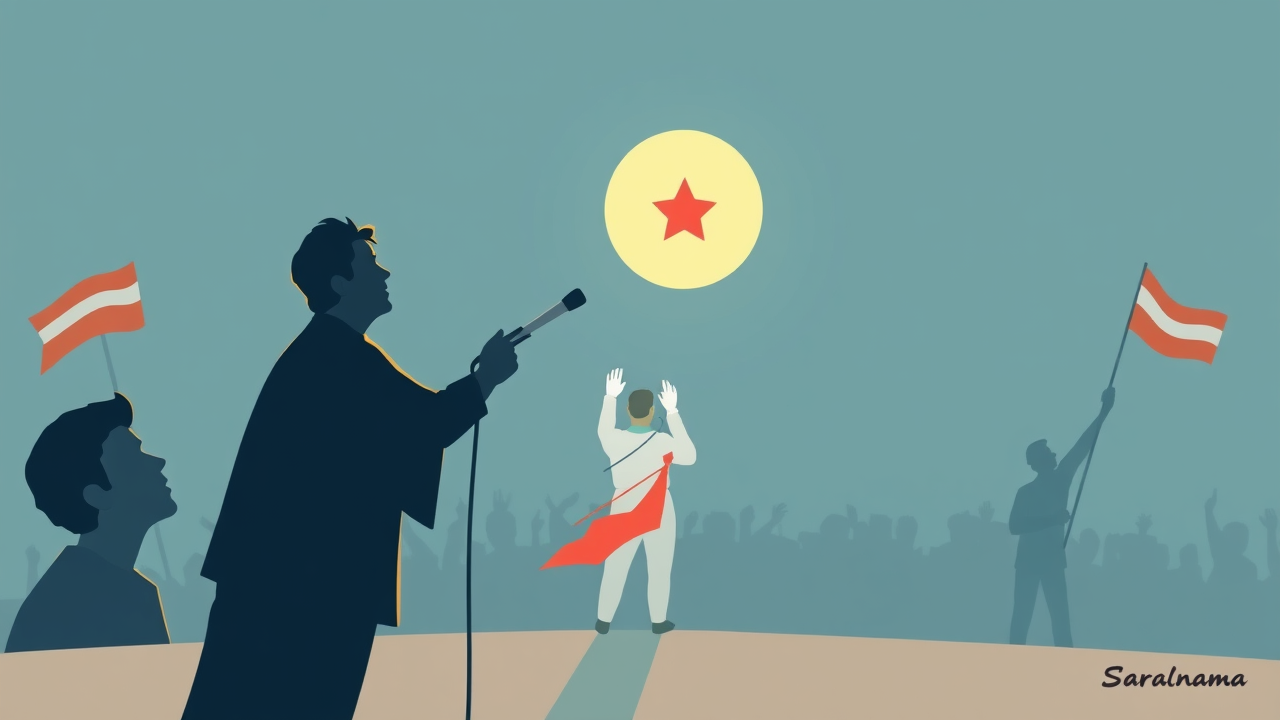A recent political controversy in Assam has brought attention to the complex history of Rabindranath Tagore's song Amar Shonar Bangla (My Golden Bengal). At a Congress Seva Dal event in Sirbhumi district, 74-year-old Bidhu Bhushan Das hummed two lines of the song, which sparked accusations from Chief Minister Himanta Biswa Sarma that the Congress party was performing Bangladesh's national anthem. Originally composed in 1905 as a protest against the British partition of Bengal, the song was later adopted as Bangladesh's anthem in 1972. The transformation of a protest song into a national anthem raises questions about how 'anthemisation' can strip away a work's original artistic and political context. Tagore wrote the song during the Swadeshi movement when widespread outrage met Lord Curzon's announcement to divide Bengal along religious lines. The controversy highlights the irony that a song written to unite Bengal became the anthem of a nation born from its division, while causing debate in the land where Tagore himself is celebrated.

The Song's Origins in Anti-Colonial Protest
In July 1905, British Viceroy Lord Curzon announced the partition of Bengal, claiming the province was too large to administer effectively. The plan divided Bengal into a Muslim-majority east and Hindu-majority west, sparking immediate outrage among Bengali-speaking communities, particularly Hindus in Calcutta. This decision triggered the Swadeshi movement, which called for boycotting British goods and supporting Indian products. Rallies, meetings, songs, and writings criticising the British became widespread. Tagore composed Amar Shonar Bangla during this atmosphere of resistance. The song begins as a romantic, poetic celebration of Bengal's landscape, with lines evoking the fragrance of mango groves and the beauty of its skies. Unable to suppress the protests, the British reunited Bengal in 1911, reversing their controversial decision.
Tagore's Evolving Views on Nationalism
Tagore's perspectives on nationalism and the Swadeshi movement underwent significant transformation after 1905. Between 1905 and 1908, he wrote essays expressing doubts about boycotting foreign goods alone, arguing that constructive self-empowerment programmes were necessary. His critique found powerful expression in his 1916 novel Ghare Baire (The Home and the World) and in his 1917 lecture series later published as Nationalism. Tagore believed that adopting nationalism to fight imperialism meant imitating European political thought—the very forces one sought to resist. Scholars note his early writings reflected 19th-century romantic nationalism, similar to the Brothers Grimm and W B Yeats. However, his celebration of Bengal stemmed from cultural pride and humanism rather than exclusionary nationalism that emerged later in the 20th century.
Source: Link
